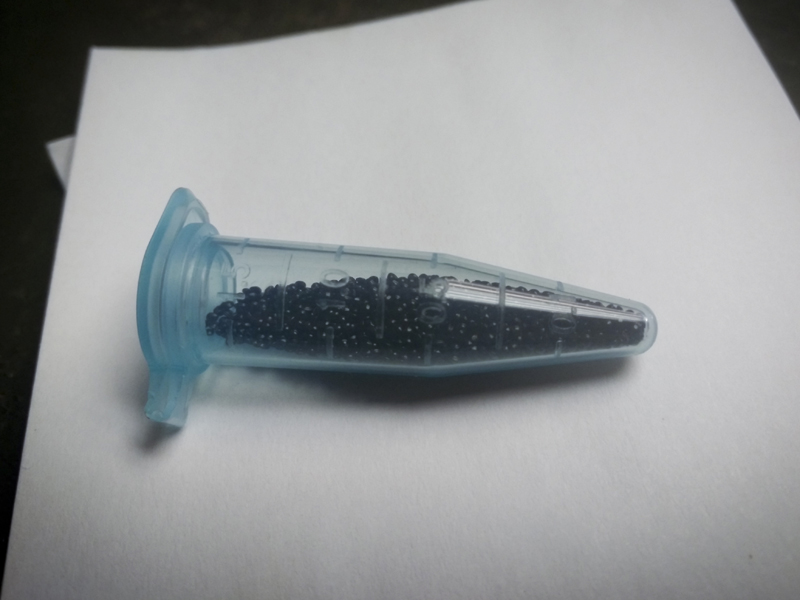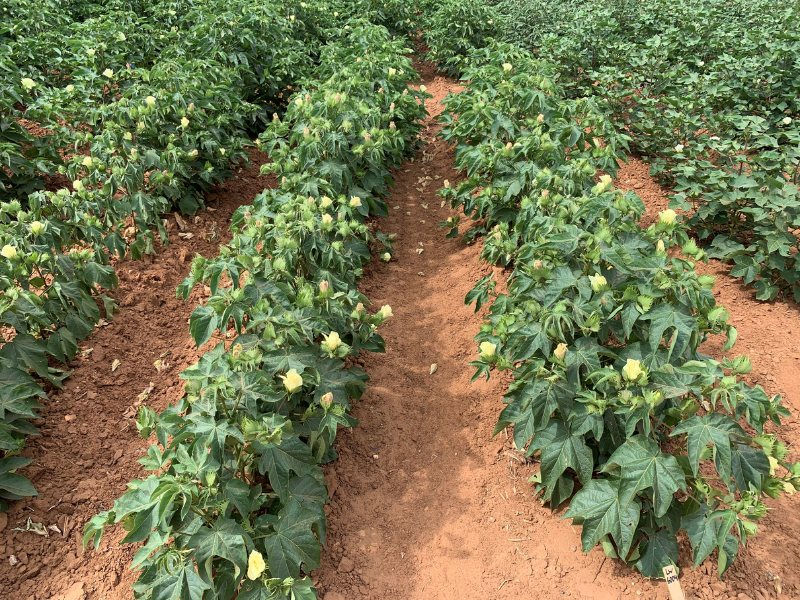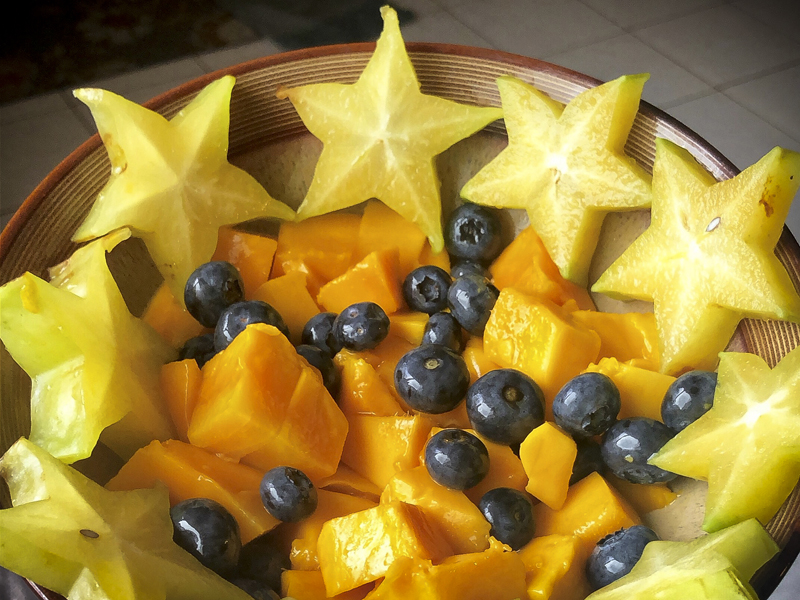Pests
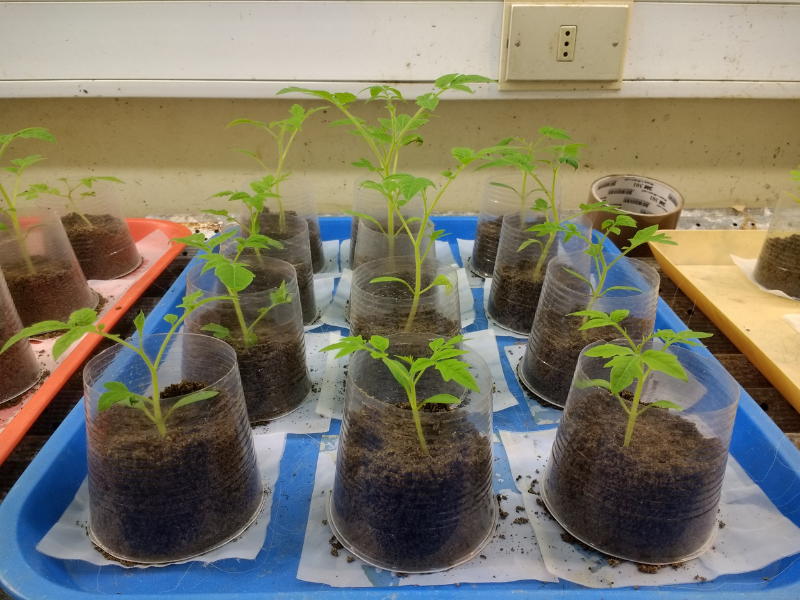
Did you know one of the oldest life forms on Earth can be found in your backyard? Soil nematodes have been thriving in habitats around the world for at least 400 million years. Even though they are only 1/500th of an inch wide and 1/20th of an inch long, these worm-like animals are an important part in almost every ecosystem.
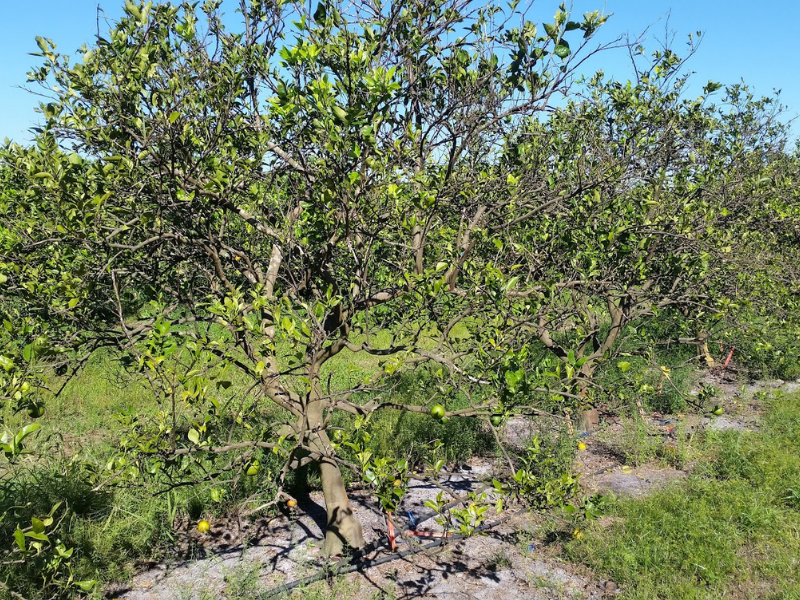
Drinking orange juice with breakfast has been a staple in kitchens for years. But a disease has been infecting citrus trees and reducing yields, threatening the supply. Called “citrus greening,” it causes trees to decline and die within three years. The disease destroys the production, appearance, and economic value of citrus trees and their fruit. There is no cure.
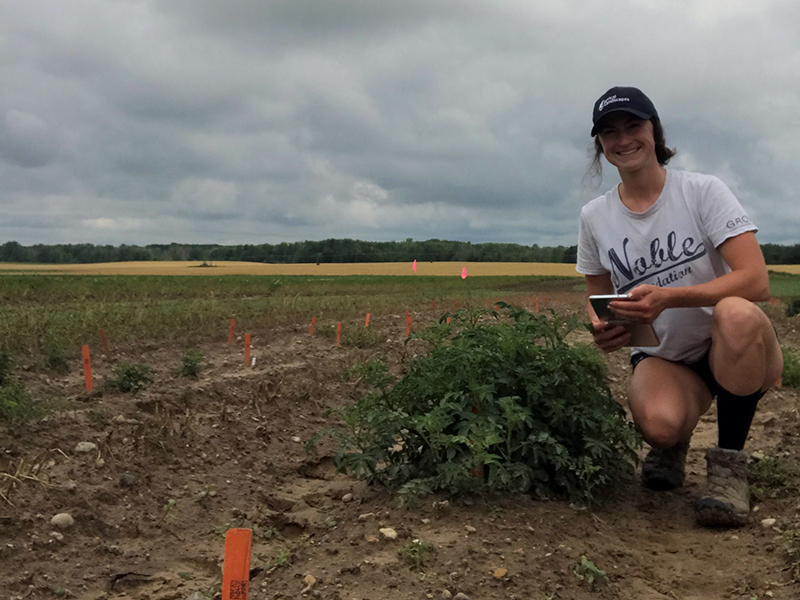
Potatoes are the most consumed vegetable in the United States. According to the USDA, US farmers grew more than 42 billion lbs. of potatoes in 2019. That’s 128 lbs. of potatoes per person.
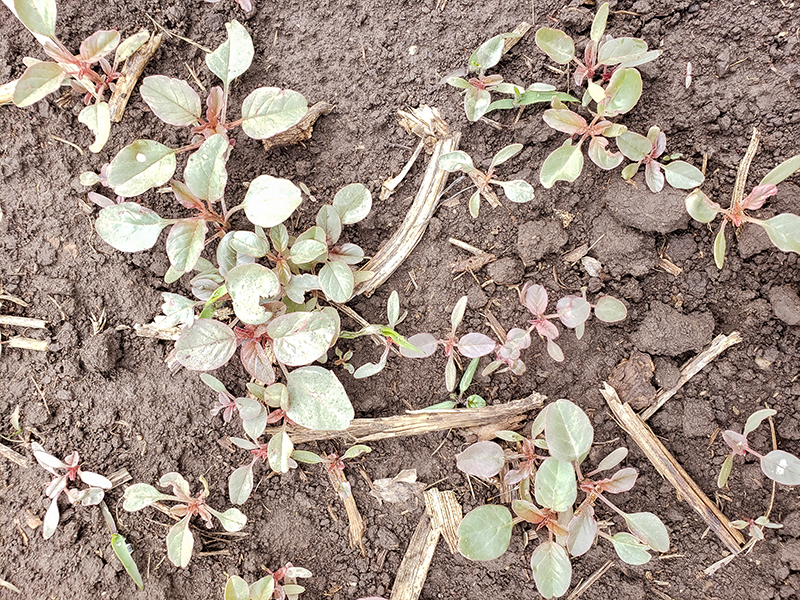
For the past 25 years, many farmers across Nebraska have relied on the chemical glyphosate for weed control to have a successful crop harvest. 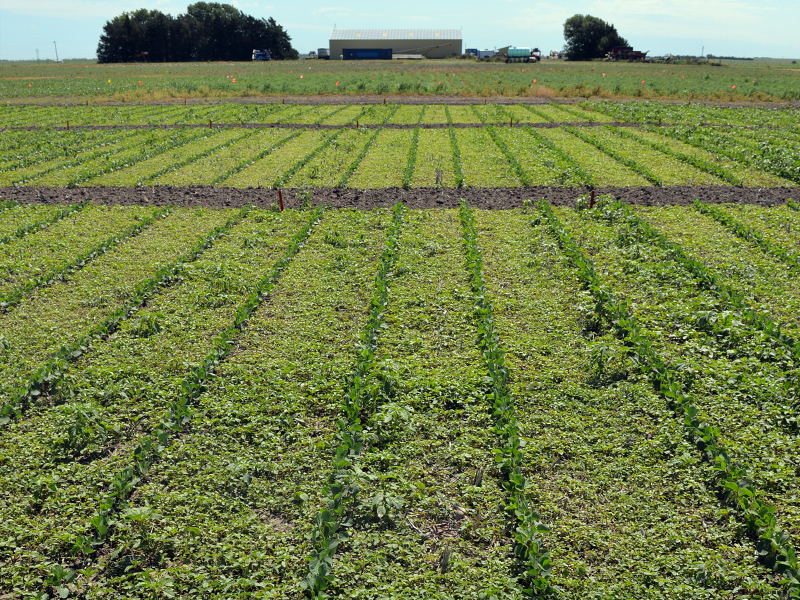
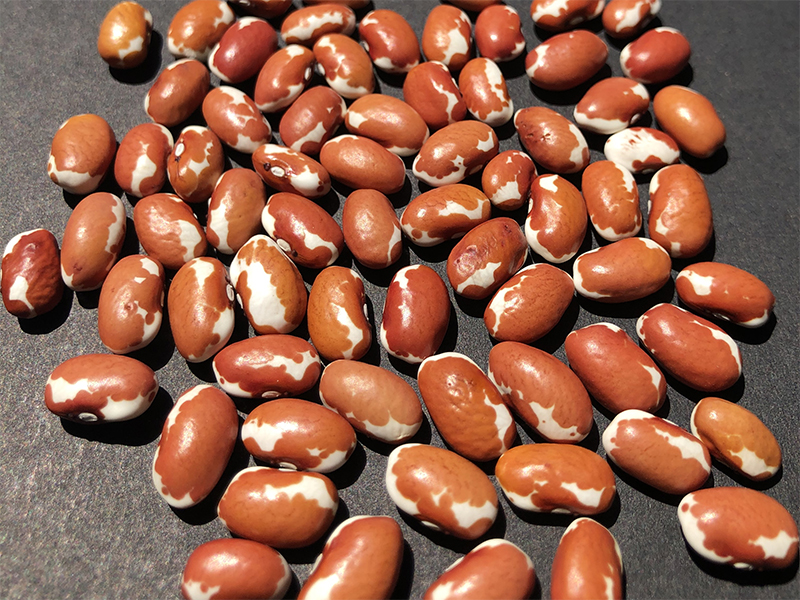
Plant breeders are constantly working to develop new bean varieties to meet the needs and desires of the food industry. But not everyone wants the same thing.
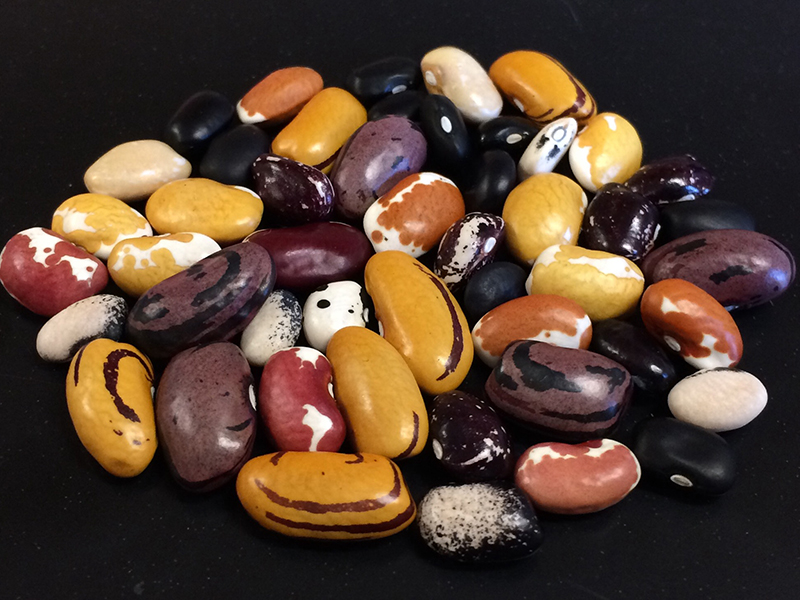
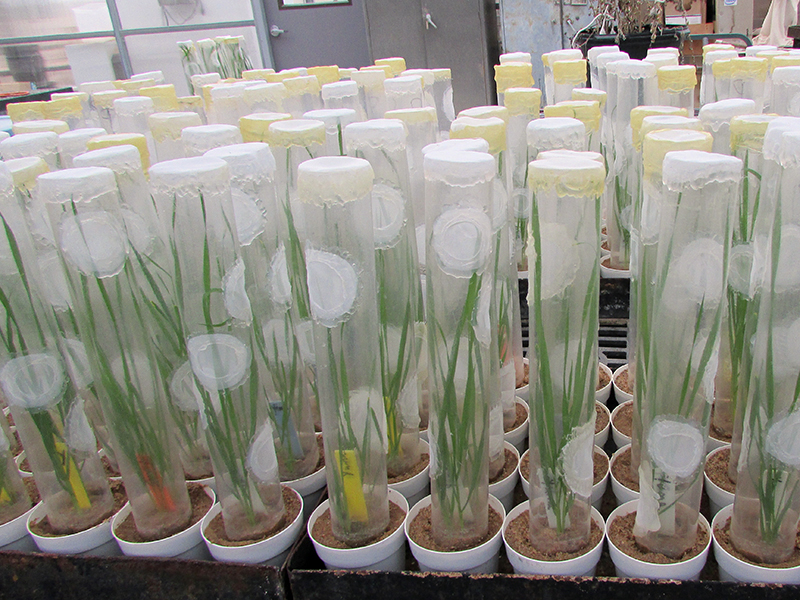
Fields of wheat are so associated with the U.S. that they’re featured in the song America the Beautiful as “amber waves of grain.” But those amber fields face a big threat: Russian wheat aphids.
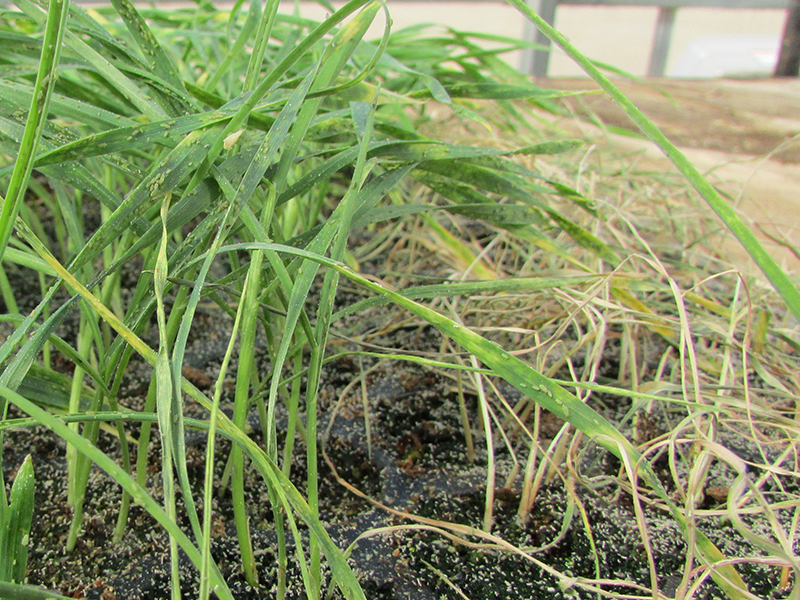
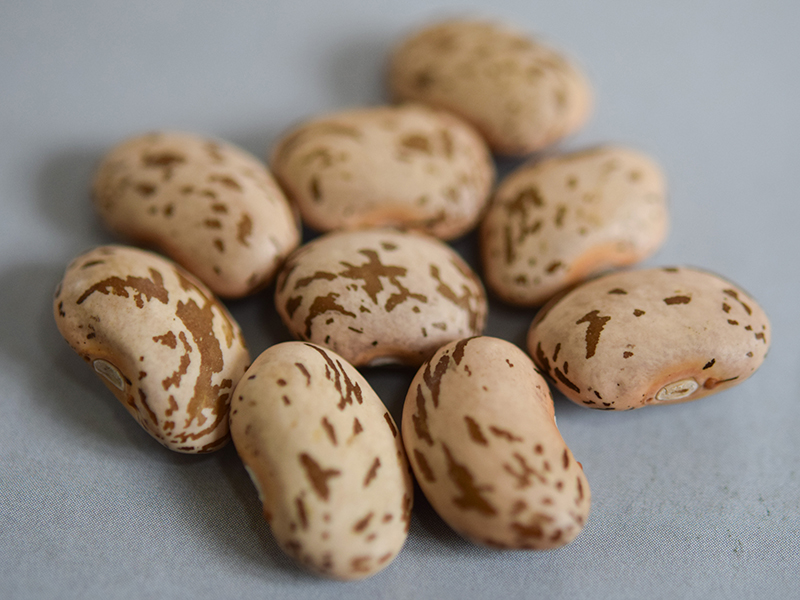
Leafhoppers are tiny insects. They are only about 3 millimeters long, smaller than a grain of rice. But they can cause big damage to crops, including beans.
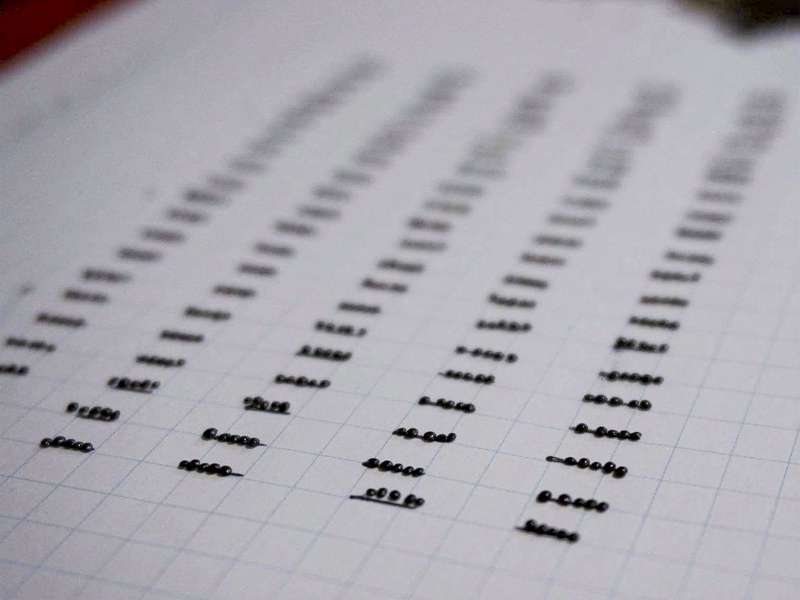
One, two, three, four, five. One, two, three, four, five. Over and over and over. That’s the dull routine of any researcher or student tasked with counting weed seeds. But just like technology has made many things in life faster and easier, relief may be coming for seed counters as well.
